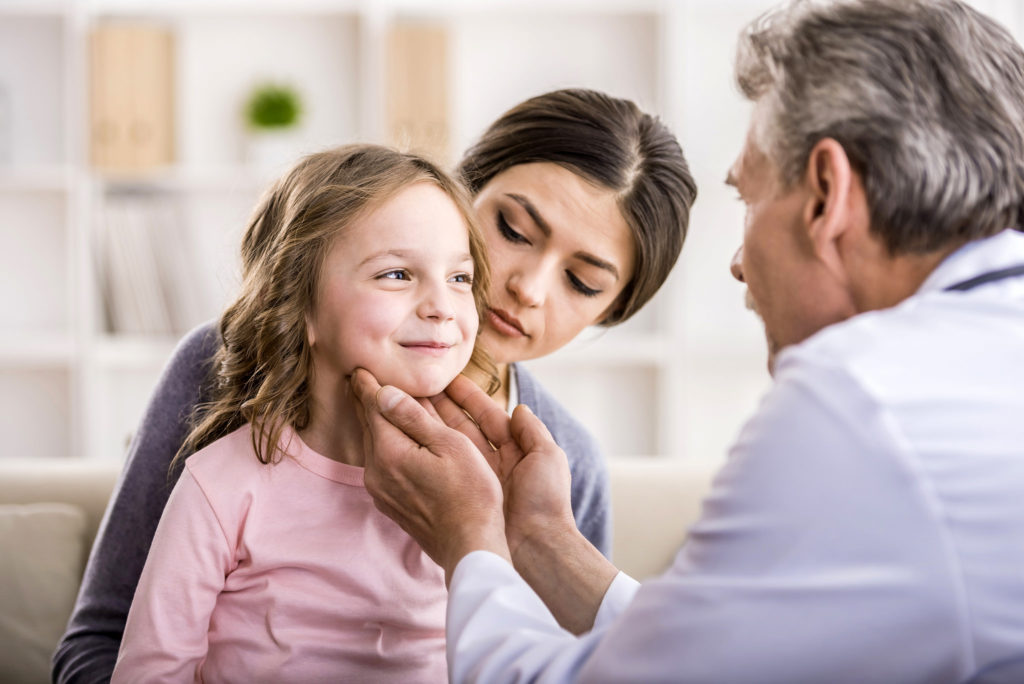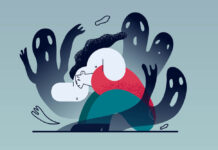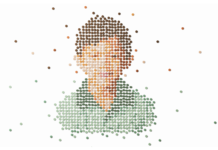New research demonstrates that children diagnosed with ADHD at younger ages are more likely than those diagnosed later to receive multiple medications, including antipsychotics, and anticonvulsants, within five years of their diagnosis. The researchers controlled for whether the children had other mental health concerns, and this did not account for the increase in medication use.
According to the researchers, “Preschoolers with ADHD had increased odds of receiving antipsychotics, anticonvulsants, and polypharmacy regimens during early adolescence when compared with children with later onset of ADHD.”

The researchers state that they were unable to determine whether “misapplication of formal ADHD diagnostic criteria” may have played a role in this increase in medication use.
The study was led by Almut G. Winterstein at the Department of Pharmaceutical Outcomes and Policy at the University of Florida. The researchers used Medicare records to find 16,626 children (ages 3-14) who received a new diagnosis of ADHD. The children did not have a previous diagnosis or a previous psychiatric medication prescription within the 6 months prior to the study. The researchers then followed the records for five years to determine what medications the children were prescribed.
They found that 79.9% received stimulant medications. 33.2% were prescribed antidepressants, and 23.1% were prescribed α-agonists. 22.8% of the children received antipsychotics.
More than a quarter (25.3%) of the children in the study received polypharmacy (being prescribed at least three different classes of drugs at one time). 39.1% of those children had no other diagnosis besides ADHD. That is, more than a third of the children being prescribed at least 3 different types of medication had only one diagnosis–ADHD.
The researchers note that if they had considered multiple drugs of the same class, or only two classes, the rates of polypharmacy would have been even higher.
The most common other diagnosis children received was oppositional defiant disorder/conduct disorder (30.5%). 18% also had a learning, motor, or communication disorder diagnosis. 16.1% had a diagnosis of depression, and 15.3% had a diagnosis of adjustment disorder. 11.2% were diagnosed with some form of anxiety. Other disorders accounted for less than 10% each.
Of the children, 70.5% were male. 47.5% were White, 38.6% were Black, 8.5% were Hispanic, and 5.4% were another race. 12.8% of the children were in the foster care system, and 23% received government assistance because of poverty.
Although current guidelines suggest behavioral health interventions as the first line treatment in very young children, the researchers cite evidence that in clinical practice, medications are still the go-to “treatment.” In fact, they state that only half of the 2-to-5 year-old children diagnosed with ADHD ever received behavioral health services, while three-quarters received medication.
The researchers suggest several explanations for the disconnect between evidence-based recommendations (behavioral therapy) and clinical practice (medication):
- Medical education is focused on medication, not psychotherapy
- Parents are pressuring clinicians for a quick fix
- Direct-to-consumer marketing by the pharmaceutical industry has misrepresented the significant risks and limited benefits of medication
- Health insurance variations may discourage behavioral therapy
- Shortage of mental health care may limit access to behavioral therapy
The researchers argue that because young children are particularly susceptible to the adverse effects of medication, more research needs to be conducted to determine the risks of the current treatment regimen. Additionally, they make the case that if possible, behavioral therapy should be used instead of medication—particularly instead of multiple medications that might include antipsychotics.
****
Winterstein, A. G., Soria-Saucedo, R., Gerhard, Correll, C. U., & Olfson, M. (2017). Differential risk of increasing psychotropic polypharmacy use in children diagnosed with ADHD as preschoolers. The Journal of Clinical Psychiatry, 78(7), e774-e781. doi: 10.4088/JCP.16m10884 (Link)















Money makes the world go round.
I think you’ll find that is the true explanation of these rather depressing findings (quick someone, give me a Prozac prescription to cope).
Report comment
Instead of modifying the schools to fit the children they drug the children to fit the schools. Its sick.
Report comment
I think this is pretty conclusive as to the integrity and real intentions of the field of psychiatry. There are hard data showing that using non-drug interventions first is better, and there are hard data showing that outcomes are no better or sometimes worse for long-term use of stimulants, yet stimulants remain the first-line intervention for “ADHD” despite even their own recommendations to the contrary. “ADHD” has become an excuse for blaming kids and adults avoiding their responsibilities to go through the struggle of finding the right way to help children become functional adults. It’s not a medical intervention, it’s an excuse for adult intellectual laziness, plain and simple.
Report comment
This is a biased study and missed the point. How can you use Medicaid records and completely beat around the bush as it concerns child and family poverty? Only a privileged researcher working in an academic bubble would not know that what is referred to as a ‘quick fix’ is a financial life preserver for a family one paycheck away from homelessness. A diagnosis and ‘proof’ in the form of a child needing powerful adult medications is how a desperate mother convinces a doddering old while civil servant that her child should receive SSI income. That extra $500 per month can be a Godsend thanks to Bill Clinton converting welfare into the punative program it is today called TANF
Report comment